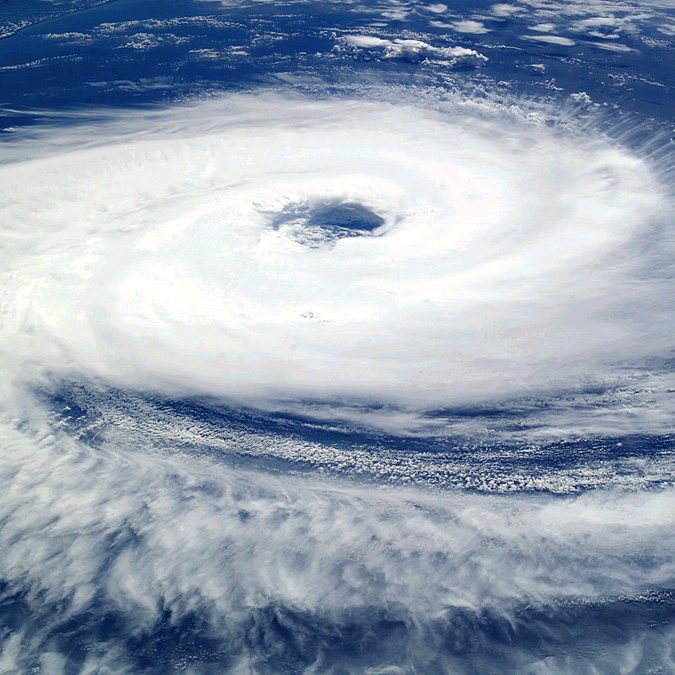

A cyclone shelter that can weaken the cyclone
A cyclone shelter that can weaken the cyclone
Problem: Massive cyclones cause intense destruction to buildings. When a cyclone strikes, people need to be evacuated to a safe place, but where?
The shelter itself is structured to resist a cyclone by weakening it. Its main strategy is to deprive the cyclone of its fuels- humidity and warm water.
The shelter’s first defence is a massive cold pool of water. This pool of water always faces the nearby coast. Its temperature can be regulated from inside the shelter. The recommended temperature would be 4-5º C and not lower. Below this, water starts freezing due to anomalous expansion and ice is useless to dissipate a cyclone. Cold air is constantly blown from three pipes into the water at a high speed. This allows the water to be evenly heated, which is important because cyclones are formed by uneven heating. Furthermore, since air is being blown continuously, the water will not warm up or evaporate even on the hottest summer days. This reduces the humidity in the area and weakens the cyclone.
To prevent flooding from the cyclone meeting the water, there are many wide and deep canals that can transport the water back to the sea or ocean. The pool is also surrounded by plants, which can help in taking away excess water through transpiration.
The roof is in the shape of a triangular prism. This reduces the resistance and friction of the high winds, so it does not get stressed and collapse. It is firmly affixed, so that it is not blown away. Windows are absent to prevent any shattering. The door is firmly connected to the shelter.
The entire shelter is reinforced on the outside with cold metal. This metal has a separate temperature regulator, maintaining it at 0°C. This will further reduce the warm conditions that sustain a cyclone. To prevent the coldness from reaching inside, three insulating walls – two thick layers of brick are added, with a cement layer in between them. These also protect the house from the strong winds and rain.
Finally, the base of the shelter has soil binders. Taking inspiration from trees, they help to bind soil particles and keep the shelter from being washed away and the soil itself from being eroded.
This is my idea for a cyclone-resistant shelter. If these are built along the coastline, then hopefully they will protect the inland houses from damage and people don’t need to be evacuated to distant places.
A cyclone shelter that can weaken the cyclone By Advait Rammohan
Curious Times thanks you for participating in the Innovative Young Citizens Challenge – Season 2. Congratulation for an outstanding contribution.
Curious Times is a place where we’re passionate about what we do. Consequently, we work hard daily to give our young readers the most outstanding possible experience and information. You have joined our tribe in providing meaningful content to your friends and peers across various schools, cities and countries.
To check ot our daily News Curious Times Weekly, My Expressions, Funtastic, School News and Flavours of the Month to participate and build your audience too. Our content is exciting and interesting for our readers.
Thus, what sort of news stories capture your interest? In the comments section below? Please share your thoughts! For the simple reason that we enjoy hearing from our young readers. The following social media platforms allow you to communicate with us: WhatsApp, Instagram, Facebook, Youtube, Twitter, and LinkedIn.
0 (Please login to give a Curious Clap to your friend.)
SignUp to Participate Now! Win Certifiates and Prizes.

Login/Signup